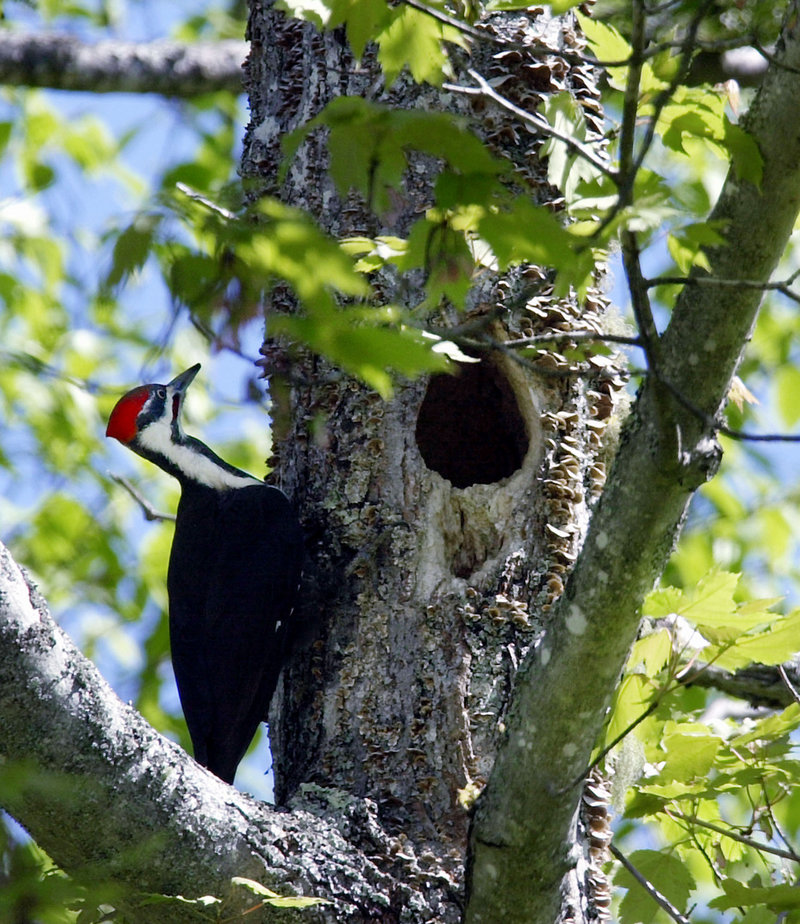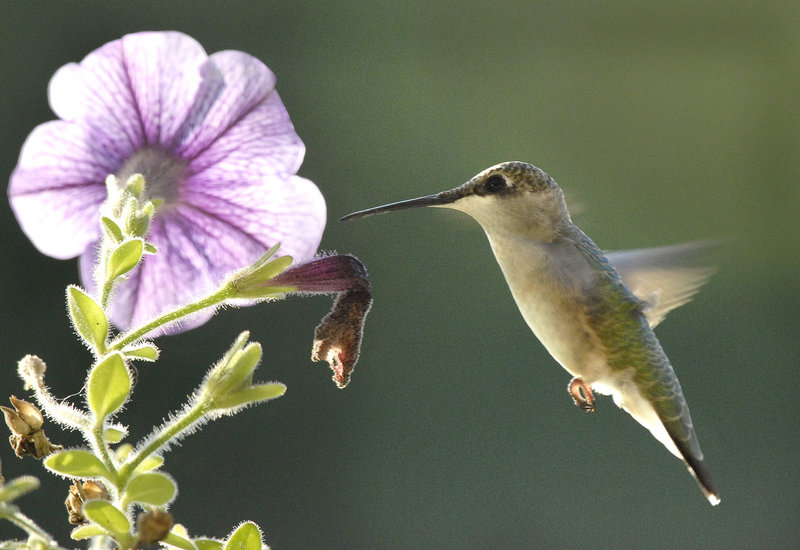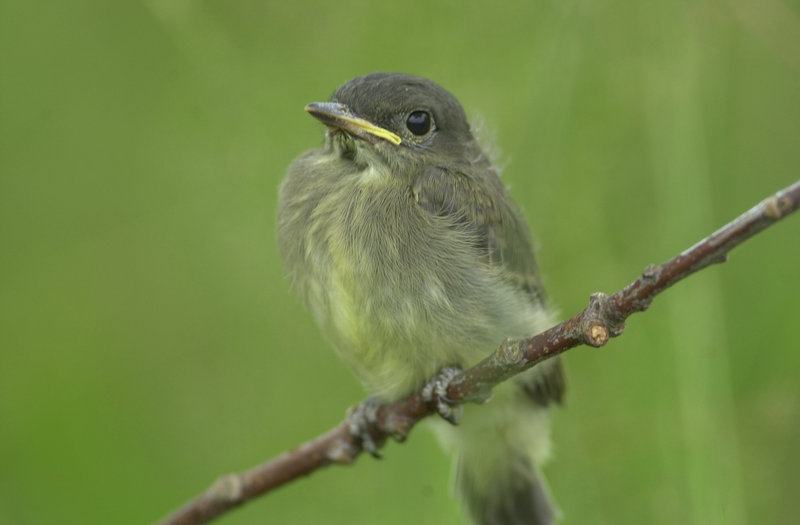The wonderful spectacle of spring migration is coming to an end with the arrival of the last warblers, thrushes and cuckoos. As usual it’s been a delightful three months of arrivals and departures.
Species arrive on their own schedules. We know that red-winged blackbirds and common grackles are among the first spring migrants in early March, the first Eastern phoebes arrive in early April and early May brings ruby-throated hummingbirds.
Why do our various species of migratory breeding birds arrive at different times of the spring? Ultimately, food is the answer.
Migratory breeding birds, especially males, are eager to arrive on the breeding grounds as soon as possible to stake out a nice territory and attract a mate. But arriving before there’s food to eat can be fatal.
Red-winged blackbirds and common grackles do fine in early March because they can subsist on seeds. Common loons, ospreys and belted kingfishers must have fish, so arriving after ice-out is a must. Phoebes and tree swallows depend on flying insects that only emerge in April. Warblers and vireos rely on caterpillars and other leaf-eating insects that only emerge after the deciduous trees leaf out in early to mid-May.
The explanatory power of food availability can be applied to the eight species of woodpeckers that commonly occur in Maine. Six of these species do not migrate at all. The most common of these are downy woodpecker, hairy woodpecker, red-bellied woodpecker and pileated woodpecker. All feed in the stereotypical woodpecker way of drilling into wood to expose the galleries of insects. Using their ridiculously long, barbed tongues, these woodpeckers harpoon the insects. Carpenter ants are a favorite of pileated woodpeckers.
The black-backed woodpecker and American three-toed woodpecker are resident but uncommon woodpeckers in Maine. They favor burned-over areas, concentrating on the beetles that attack newly burned wood. These two woodpeckers tend to forage just beneath the bark scales for their meals.
The food of all of these species is available year-round so they have no need to undertake arduous migrations.
We do have two species of woodpeckers, the northern flicker and yellow-bellied sapsucker, that depart in the fall and return back to us in April. Their dietary preferences necessitate a departure for more moderate winter climates.
Flickers do much of their foraging on their ground, particularly hunting for ants. Nearly half of a flicker’s diet comes from ants. Flickers also catch insects like butterflies and beetles on the wing. Snails, seeds and fruit fill out the diet. A dense snowpack, hibernating ants and a lack of flying insects force northern flickers to withdraw from Maine each fall.
Yellow-bellied sapsuckers feed by creating shallow holes, called sap wells, in the bark of trees. The sap that oozes into the wells provides food for the sapsuckers. The sap is a fluid carried in phloem cells of the tree, just beneath the bark. It is rich in carbohydrates, particularly sucrose (table sugar), so the sapsucker is not unlike a vampire, exposing the phloem cells and drinking the sucrose that oozes out. Unlike most woodpeckers, a sapsucker has a tongue that is brush-tipped, perfectly adapted for lapping up sap.
The sap wells in the phloem are usually rectangular in shape. I am sure that you have seen these sap wells before, arranged in neat rows parallel to the ground. A sapsucker tends its sap wells daily, making sure they continue to ooze sugar by enlarging the area of the well.
Sapsuckers do supplement their diet with insects. Foraging for insects is especially important when parents are feeding nestlings, as the young sapsuckers need protein to grow.
In the winter, the phloem freezes solid, depriving sapsuckers of their favored food. Once again, the lack of available food in the winter forces a species to migrate south.
Herb Wilson teaches ornithology and other biology courses at Colby College and perches in South China. He welcomes reader comments and questions at:
whwilson@colby.edu
Send questions/comments to the editors.





Success. Please wait for the page to reload. If the page does not reload within 5 seconds, please refresh the page.
Enter your email and password to access comments.
Hi, to comment on stories you must . This profile is in addition to your subscription and website login.
Already have a commenting profile? .
Invalid username/password.
Please check your email to confirm and complete your registration.
Only subscribers are eligible to post comments. Please subscribe or login first for digital access. Here’s why.
Use the form below to reset your password. When you've submitted your account email, we will send an email with a reset code.